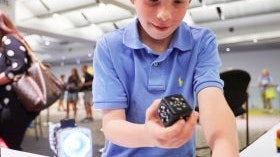Homepage
•
Learning Library
•
Blog
•
8 hot edtech trends in 2019
Expand breadcrumbs
Expand breadcrumbs
- Learning Library
- Blog
- 8 hot edtech trends in 2019
- Homepage
- •
- Learning Library
- •
- Blog
- •
- 8 hot edtech trends in 2019








